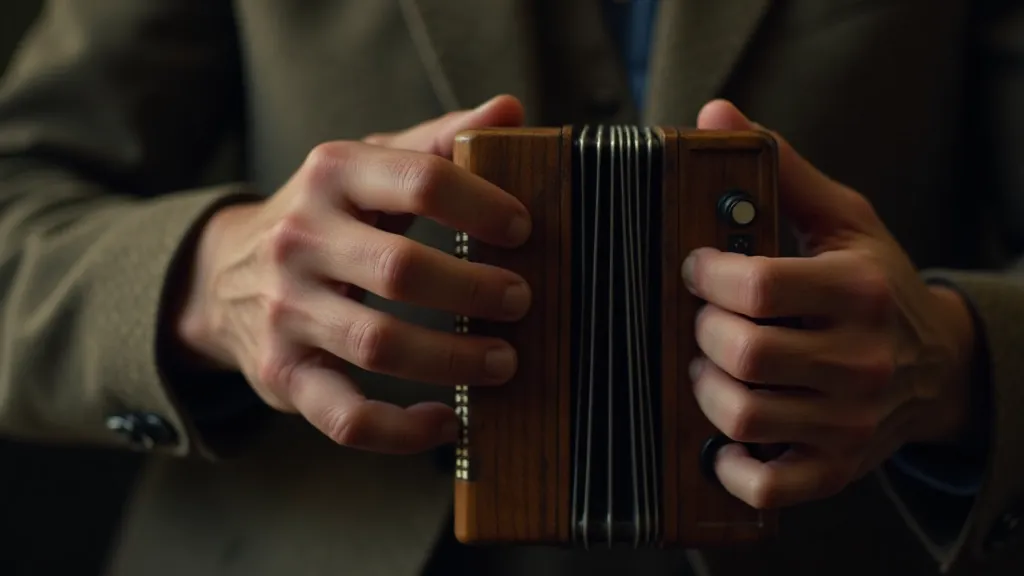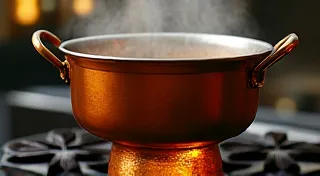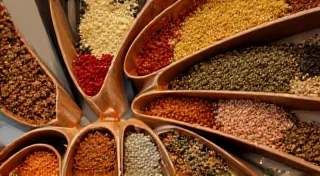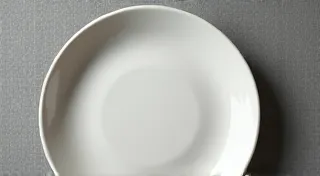The Blind Tasting: Refining Perception Through Focused Observation
There's a peculiar resonance between the meticulous process of honing knife skills and the art of insightful analysis. Both demand a form of focused attention, a quiet sifting of detail that often feels removed from the frenetic pace of modern life. It’s a cultivated stillness, a conscious deceleration that allows nuance to emerge. And, surprisingly, I’ve found a parallel pathway to cultivating this stillness in the unlikely realm of antique accordions.
My grandfather, a quiet man of vast, unspoken knowledge, collected them. Not grand, concert-hall accordions, but the smaller, travel-worn instruments that accompanied immigrants across continents. Each one bore the marks of a life: worn bellows patched with mismatched leather, keys yellowed by time and countless hands, faded bellows that whispered stories of forgotten melodies. They weren't instruments for show; they were vessels of memory, portable pieces of home.
As a child, I’m not sure I fully grasped their significance. I’m fairly certain I was more interested in dismantling them, fascinated by the intricate clockwork mechanism inside. My grandfather would gently dissuade me, his weathered hands patiently explaining the delicate interplay of reeds, valves, and bellows. He didn’t lecture; he showed. He would close his eyes, inhale deeply, and then press a key, allowing a single, wavering note to fill the room. “Listen,” he’s say. “Really listen. What do you hear?”
It wasn’t just about the note itself, but about the imperfections. The slight rattle of a worn reed, the subtle dampening from aged felt, the slight variation in tone between neighboring keys. These weren’t flaws, he explained, but signatures. Each instrument had its own unique voice, born of its history and the care – or lack thereof – it received.
This notion echoes directly into the kitchen. The chef who carelessly hacks at vegetables isn’t just losing time; they’re sacrificing control. They’re missing the subtle cues a precisely cut onion gives – the uniformity of translucency that indicates even cooking, the clean separation of layers that promises a delicate sweetness. It's a matter of paying attention. A perfectly diced shallot isn’t just aesthetically pleasing; it’s a testament to understanding the vegetable’s anatomy, its density, its inherent fragility. Just like recognizing the nuances in an accordion's tone, recognizing the subtleties of a vegetable's texture and composition demands a quiet, observant eye.
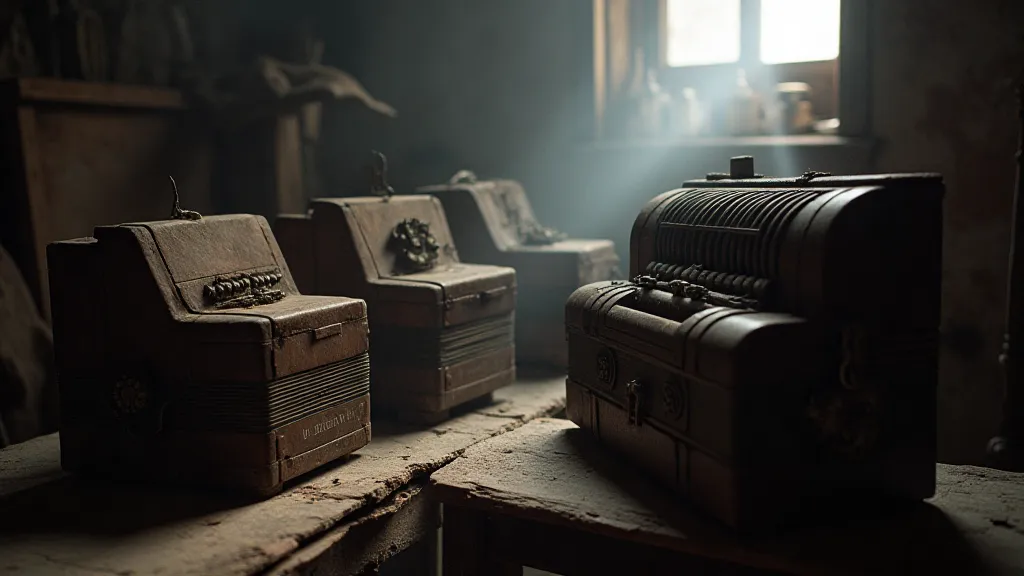
The Accordion's Anatomy: A Lesson in Layers
Restoring an antique accordion is a surprisingly meditative process. It's less about "fixing" and more about revealing. Stripping away the grime and neglect to expose the original beauty beneath. Each layer tells a story: the original leather of the bellows, often brittle and cracked; the felt lining, faded and compacted; the metal reeds, sometimes tarnished, sometimes broken. Understanding the purpose of each component – how they interact, how they contribute to the overall sound – is essential.
This parallels the layering of flavors in a complex dish. A sauce isn't merely a combination of ingredients; it’s a careful balance of acidity, sweetness, saltiness, bitterness, and umami. Each element plays a critical role, and a slight imbalance can throw the entire composition off. Like the accordion maker who understands the delicate tension required to make the bellows function properly, the chef must understand the precise ratios needed to create a harmonious flavor profile.
Consider the humble carrot. It’s so often taken for granted. But a carrot, roasted with precision, brings out a depth of sweetness that's easily missed. It’s not about simply throwing it in the oven; it's about understanding its density, its moisture content, the optimal roasting temperature to coax out its natural sugars without burning its edges.
The Power of "Blind" Observation
My grandfather’s method of teaching wasn’t about demonstrating; it was about challenging. He would often cover the accordion, muffle the sound, and ask me to identify the key being pressed solely by the sensation on my fingertips. It was disorienting at first, but it forced me to engage my sense of touch in a way I hadn't before. It stripped away the visual distraction and amplified the tactile information.
This concept translates beautifully into the culinary world. Imagine a blind tasting. A chef, stripped of the visual cues, must rely entirely on their sense of smell and taste to identify an ingredient or dish. It's an exercise in heightened awareness, a stripping away of preconceptions. It forces them to truly *experience* the food, to discern the subtle nuances that are often overlooked when sight is involved.
It's a valuable technique for both novice and experienced cooks. It encourages a more holistic approach to cooking, a deeper appreciation for the raw materials. It fosters a sense of curiosity, a willingness to experiment, to push boundaries. And, in a world saturated with visual stimuli, it's a powerful reminder that true understanding often lies beyond what we can see.
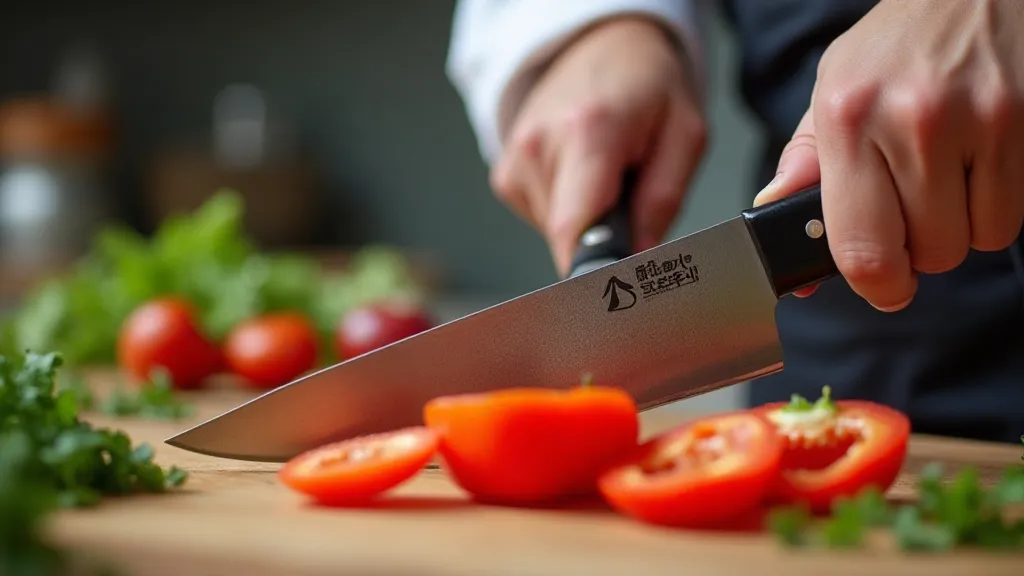
Beyond Technique: The Art of Appreciation
The antique accordions weren’t valuable for their monetary worth; they were valuable because of the stories they held. Each scratch, each patch, each faded bellows spoke of a life lived, a melody played, a memory cherished. My grandfather didn't collect them to show them off; he collected them to remember. To honor the craftsmanship of those who made them and the people who played them.
The same principle applies to food. It’s easy to get caught up in the technical aspects of cooking – the precise measurements, the perfect techniques. But at its heart, cooking is about connection. Connection to the ingredients, connection to the culture they represent, connection to the people you’s sharing the meal with.
Take, for example, a simple loaf of sourdough bread. The process is relatively straightforward, but the result – a crusty, tangy loaf – is a testament to the power of simple ingredients transformed by time and care. The appreciation comes not just from the taste, but from the understanding of the process – the fermentation, the baking, the subtle interplay of flour, water, and yeast. That understanding deepens the experience, elevates it from mere sustenance to something truly special.
My grandfather has long since passed, but the echo of his quiet wisdom remains. Listen, he’s say, really listen. And sometimes, the most profound lessons are learned not by looking, but by observing with a mindful awareness, a willingness to see beyond the surface, much like uncovering the heart of an antique accordion, or the soul of a perfectly roasted carrot.
